5 Lessons Your B2B Ecommerce Brand Can Learn From B2C Brands
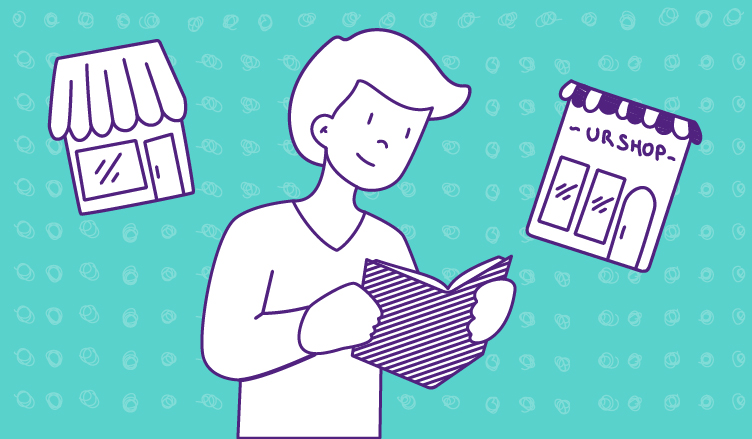
Keep the good stuff coming
Subscribe to our blog newsletter and get monthly content that helps you manage product data smarter.
No spam. Just real value.
Business-to-business ecommerce is just getting started.
Research done by Mckinsey & Co shows that 18% of all B2B organization revenue comes from ecommerce, which puts it on par with in-person sales and ahead of all other channels.
Modern B2B companies are investing in ecommerce and adjusting their offerings to meet the market demand and growing customers’ expectations. Some are also quickly recognizing the need to apply typical strategies that are in the business-to-consumer (B2C) market. These include customization, personalization, and multichannel commerce opportunities.
Now is the time for B2B companies to rise to the challenge, and explore effective ways to blend B2C experiences into their strategies to satisfy the needs of modern B2B customers. And, if we're being honest, there’s no better place to start than with a masterclass from B2C brands that are giving customers exactly what they want, how they want it, and when they want it.
So, buckle up. we’re going to take you through some lessons straight out of the B2C syllabus.
1. Enhanced customer experience
By now, we’re all aware that the face of B2B buyers has changed.
The digitally minded millennials are leading professional buying decisions. They’re asking B2B companies to make changes in the traditional buying "rulebook" to mirror the digital buying experience they get from the B2C landscape. According to this report, 52% of B2B shoppers admit that they experience frustration with online B2B buying. Another report explains that a whopping 90% of B2B customers will turn to a competitor if a supplier’s digital channel is not providing them with a great customer experience. The same report suggests that these customers are more than willing to pay a premium for a great B2B ecommerce experience.
So, lesson number one: provide an enhanced customer experience. How?
- Create a simplified and effective user experience
The customer journey always begins with the discovery stage or awareness.
But, it gets tricky when customers are looking for more information to feed into their research.
It’s important to remember that a B2B buyer consists of a group of decision-makers who each have a checklist of what they need out of a product or service they want to buy.
If you have all of the information they require to land on a final decision but your website design and functionality make it hard for them to get that information, you’re doing them a disservice. Not to mention, they’re used to shopping online in their personal time, and know that a great user experience is possible. So, design your B2B ecommerce site in a way that is easy to navigate so the user can find the information they need in a matter of seconds. Have visible calls to action with clear messaging that guides customers through to the next step.
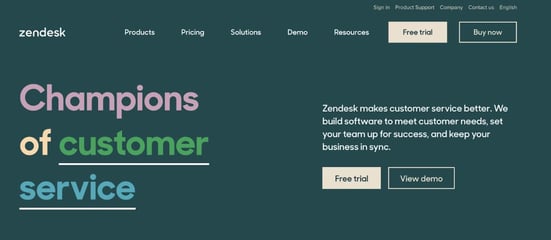
- Engage with your customers
Customer engagement is a priority for B2C companies.
It’s one of the main contributing factors to brand loyalty, which leads to high customer retention. From a user perspective, B2C brands talk to their customers to learn more about their experiences, and the same experience can be replicated in the B2B space and B2B social media.
Engaging with business customers and prospects lets you know more about customers’ pain points, and it helps you identify gaps in the customer journey. In addition to that, it engages customers by answering questions or queries in a timeous manner, which can also be instrumental in driving them to convert. Use all of the communication channels available at your disposal to engage customers—from chatbots on your website to email and social media.
2. Personalization when shopping
We know you’re thinking, “how do you personalize shopping experiences for a group of buyers?” and this is a valid question. B2B personalization will not look anything like a B2C personalization, as you have a diverse customer base that you’re serving. This is where B2B buyer personas will come in handy. If you don’t already have buyer personas, create them. But if you do, take a hard look at them to see if they don’t need a refresh for today's market.
Important factors to consider when creating or refreshing buyer personas include:
- The demographic they belong to and their decision-making responsibilities
- What they deem important when searching for a supplier
- What their needs, concerns, and pain points are
- What are they hoping to achieve with the product or service they’re looking to buy? For example, are they simply looking for an affordable product or service, or are they looking to streamline some business processes?
- What supplier they used before (this will help you understand how your offering differs from theirs)
You can use behavioral insights from your analytics and from any existing communication with customers and prospects to get the above information. Doing this will help you get to know who your customers are and how to personalize the best product or service offered to them.
Three of the key personalization trends seeing a rise are:
- Personalized recommendations
- Personalized ordering
- Personalized pricing
Personalized B2B ecommerce solutions make customers feel like you understand their needs.
So, if you already have an AI solution like the chatbot on your website, you can use information from all the queries and questions you receive from that platform. Once you’ve clearly identified and segmented your customers according to their behavior and needs, you can personalize your content to reflect their specific interests, needs, and pain points.
That way, your message is directed to the right person and reaches them at the right time.
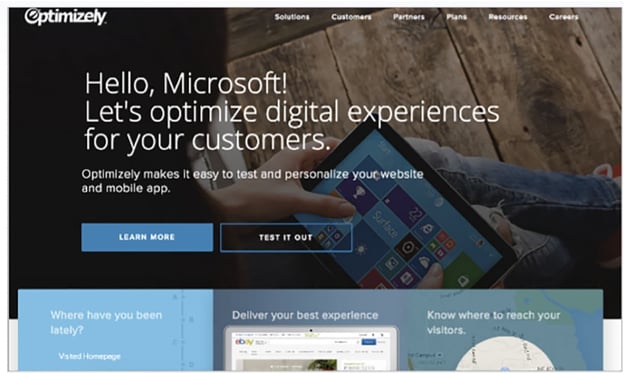
3. A fluid blend of B2B sales channels
B2C customers shop everywhere, and the companies that serve this market have long figured out the value of multichannel commerce. They understand that the price of ignoring multichannel offerings is a loss in sales opportunities and customer loyalty. The lesson in this for B2Bs is the same. Having an ecommerce website is not enough; you’ve got to be wherever your customers are. That includes mobile commerce, social commerce, and marketplaces.
If you take a look at the below graph from this research, you’ll see that different regions prefer different sales channels to make their business purchases.
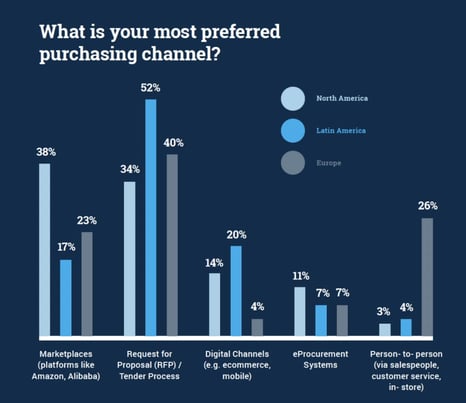
The same research shows that 31% of millennials mostly prefer marketplaces, which corroborates the narrative that B2B marketplaces are having a moment right now. With millennials as the majority decision-makers, it makes sense that you should seriously consider your presence in B2B marketplaces. But before you jump onto every sales platform, do your research to find out where your specific customers are. You can run a competitor analysis to determine which sales platforms your competitors are selling from and how the customers you’re fighting for are engaging on these platforms. Tailor your fluid blend of channels according to the result of your research, study some more, and tweak where necessary.
4. Transparency in order fulfillment
Thriving B2C online retailers excel in delivering transparent communication about everything involved in the order fulfillment journey. B2C customers experience real-time product and stock availability, product pricing, and shipping options to choose from. They’re able to track their orders from the time they leave the business’ warehouse until they arrive at their doorstep. Whether the doorstep is physical or digital, B2B e-tailers can also build a solid B2B order fulfillment process that’s transparent enough to ease customers’ frustrations and questions relating to when they’ll be receiving the products or service they bought.
5. Integrated modern ecommerce technology stack
Modern technology systems enable B2B businesses to transform their often tedious and time-consuming processes into seamless, automated, and collaborative processes. These systems working separately can improve task time, but the efficiency increases when your ecommerce tech stack includes a CRM, ERP, PIM, and DAM. Together, you get speed and accuracy.
Read our white paper on why you should integrate your existing ERP with PIM.
These ecommerce tools also help you maximize the impact of your efforts as it frees up your teams to work on perfecting the product, marketing strategies, and customer service.
The best news to add in this final lesson is that Plytix product information management (PIM) software can integrate with other third-party systems, and it comes built-in with digital asset management capabilities. It’s a next-generation PIM for B2B commerce that allows you to store and manage enriched product content in a single location. It also makes product content syndication much easier; you simply pull and tweak product information according to the requirements of each of your chosen sales channels and distribute it when ready.
There’s so much more that we can tell you about what Plytix does, so book a demo with us to get more detailed insights on how we can help you put these lessons into practice.
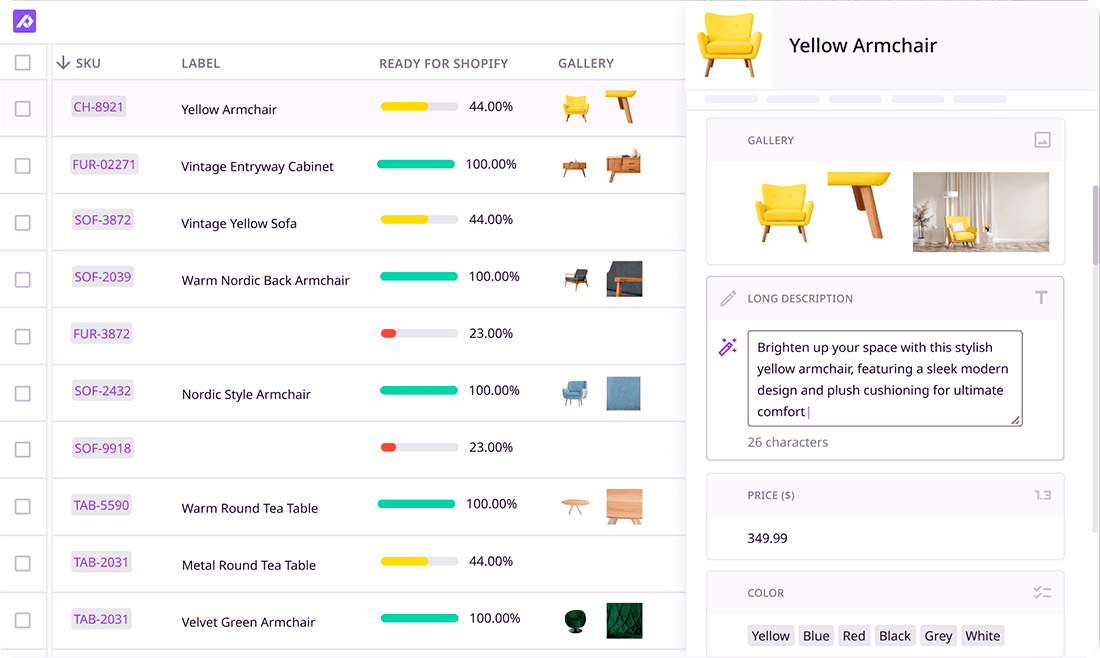
What if your product data actually worked for you?
We’ll show you how Plytix helps you stop fixing data—and start using it.
Related posts
Keep the good stuff coming
Subscribe to our blog newsletter and get monthly content that helps you manage product data smarter.
No spam. Just real value.


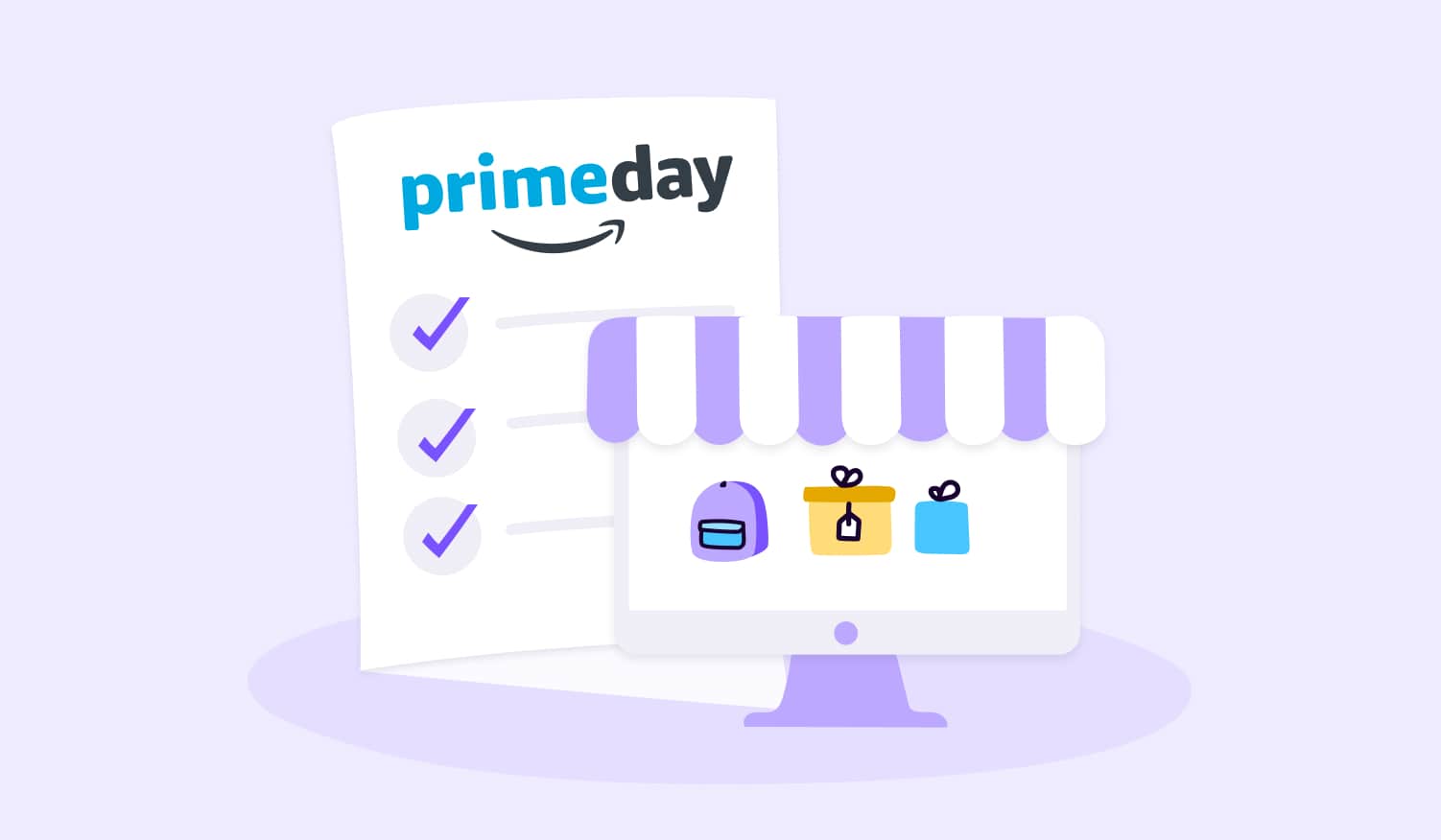
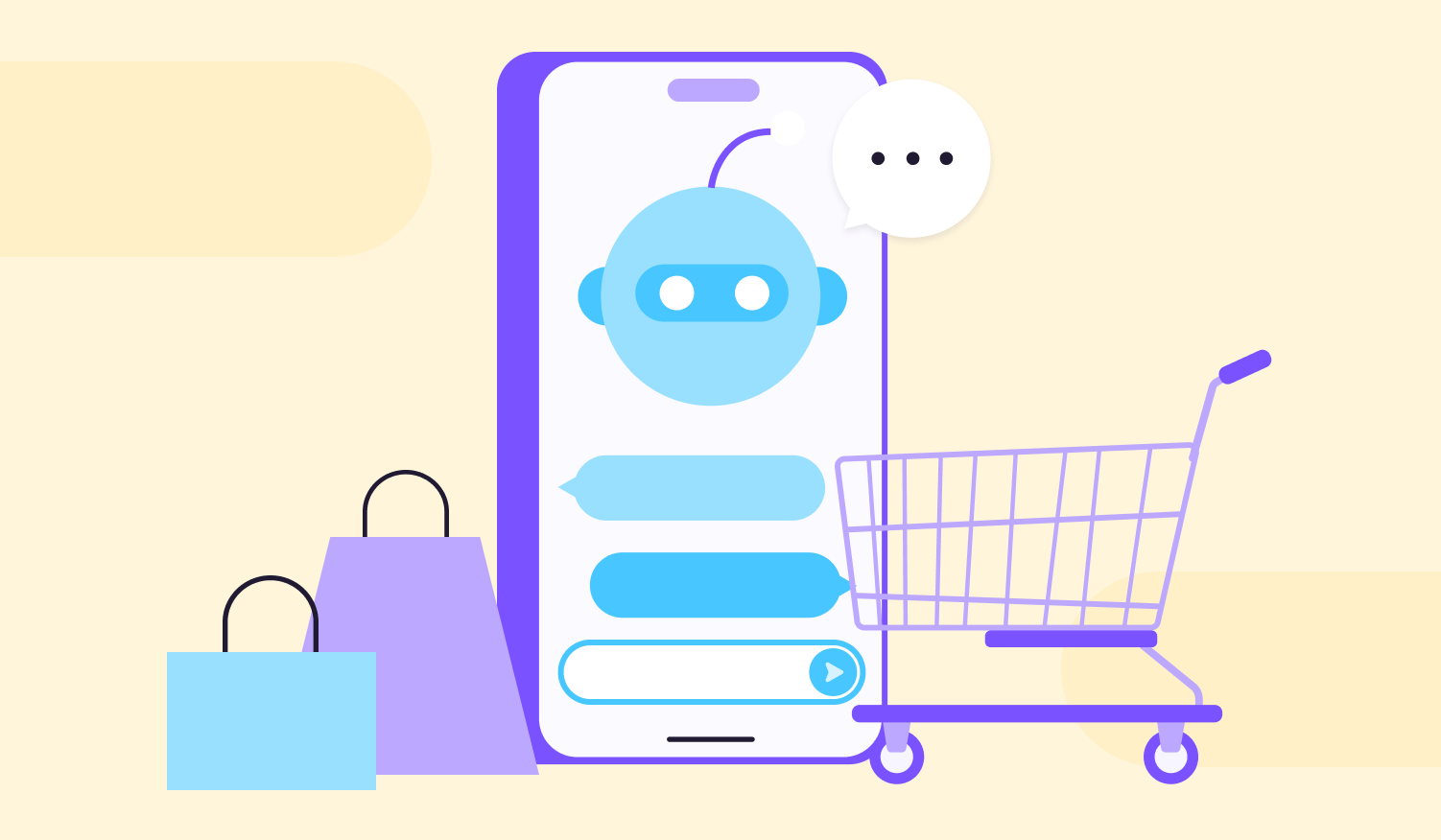
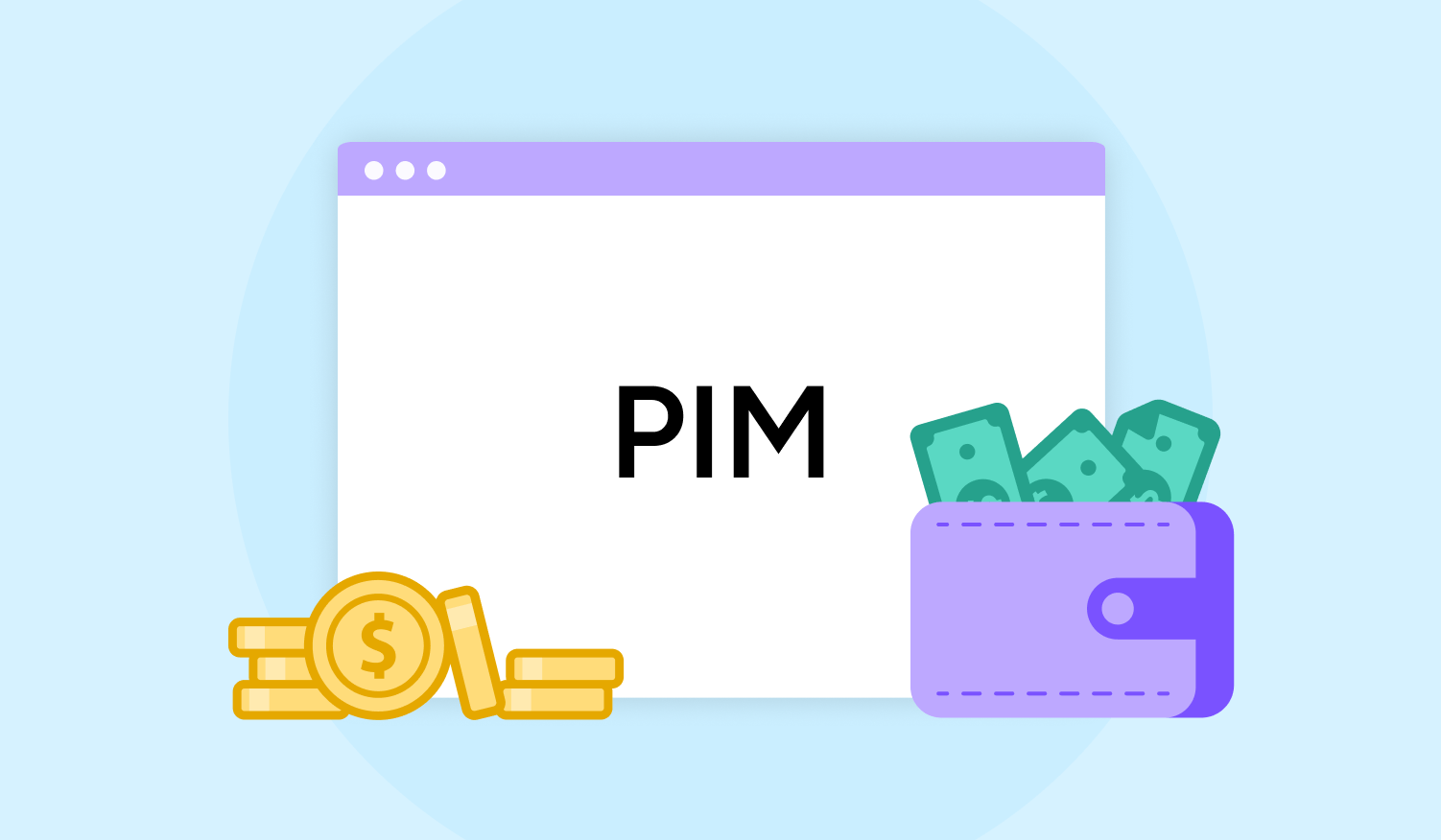

Think others should see this?
Go ahead and share it.